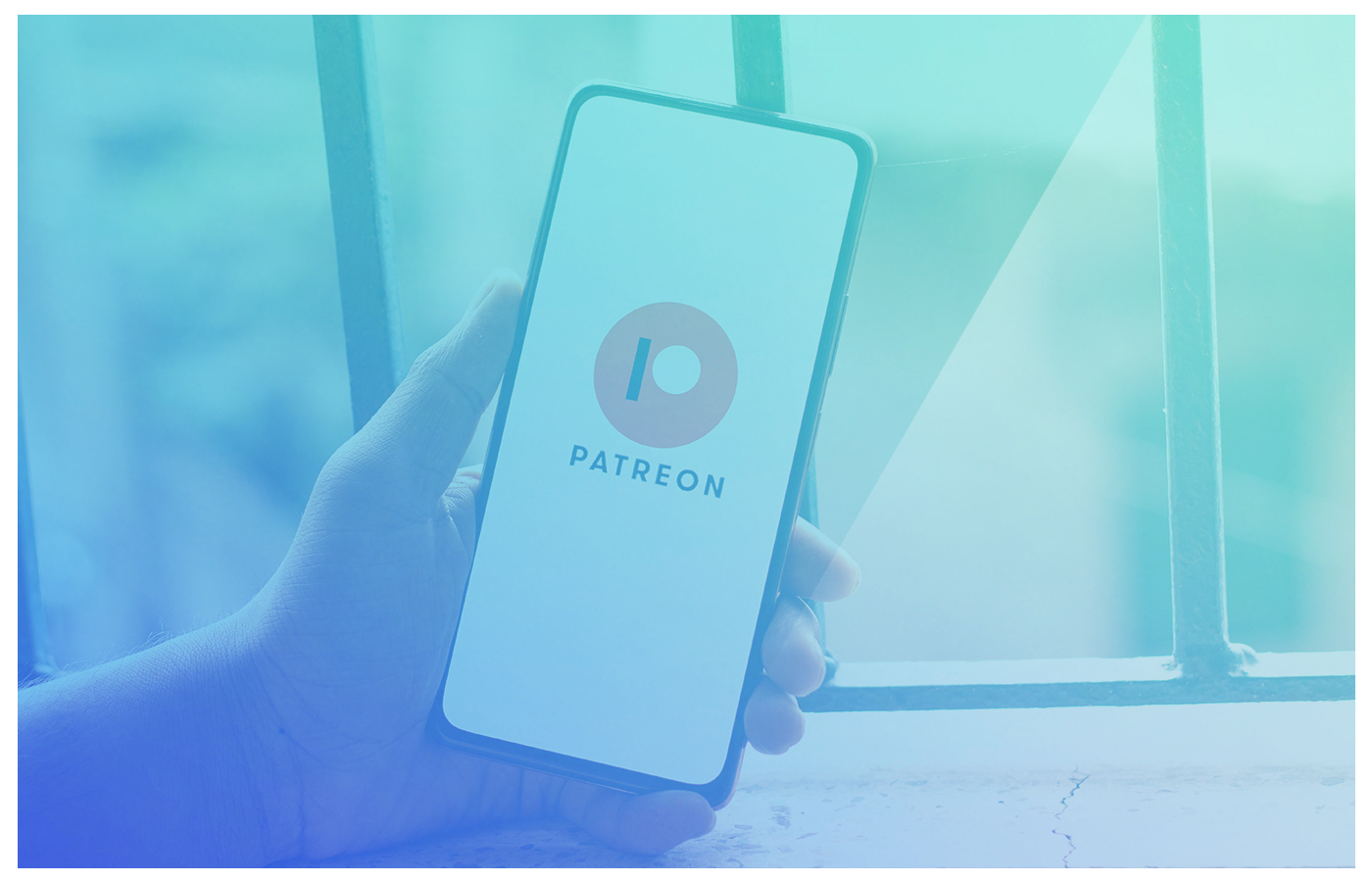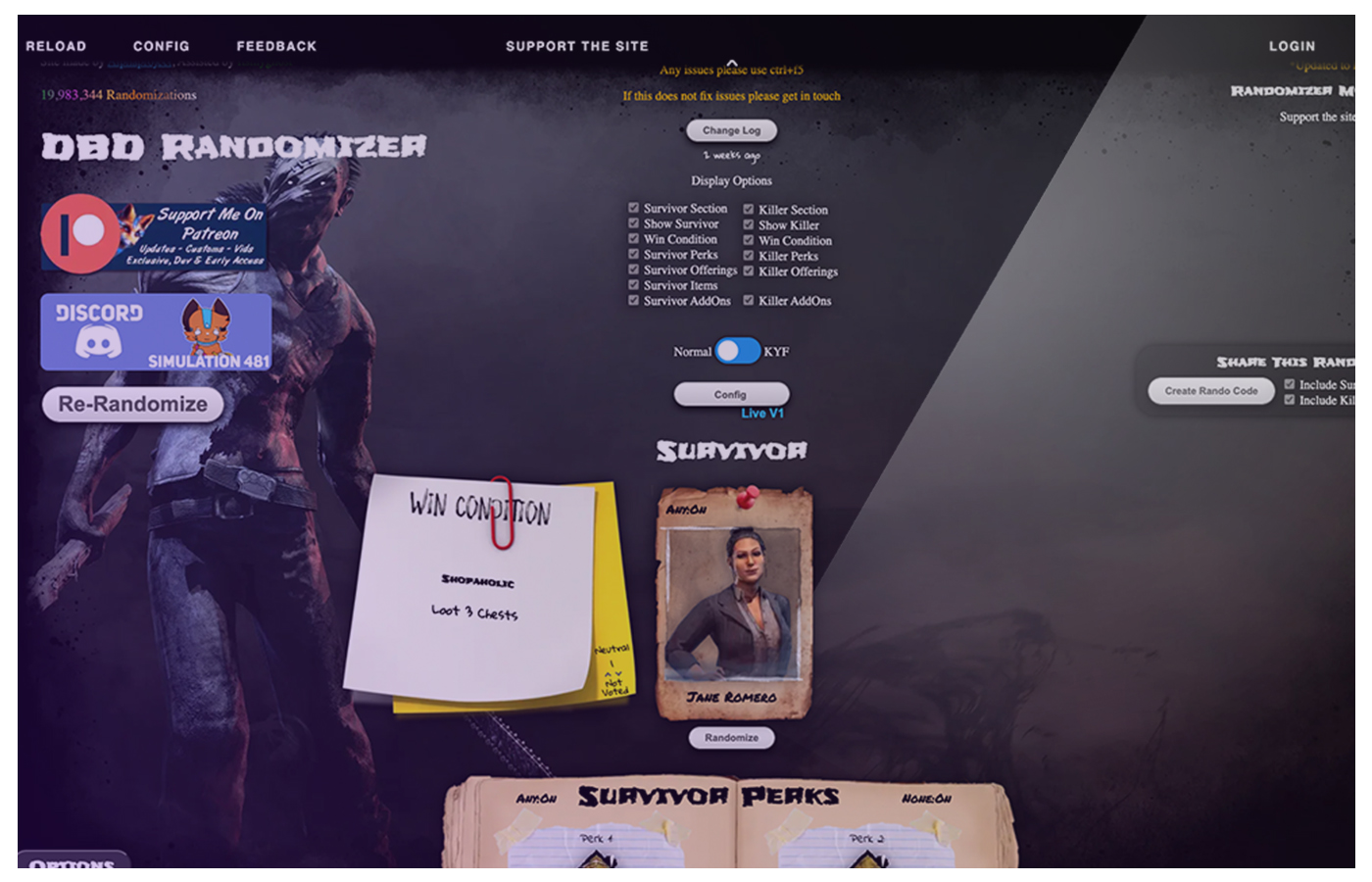How to monetize your brand with Patreon
If you’re finding Patreon puzzling, we’ve gathered some tips to keep your subscribers happy and your revenue more regular.

Building a website can be costly, and relying on monetization alone (though it can cover overhead costs) doesn’t necessarily provide a livable income for all site owners. This is why many site owners choose to supplement their monthly income through Patreon.
Patreon allows your most devoted users to pay a monthly fee (subscriptions start at a single dollar) to access exclusive content, created or curated by you. Typically the lowest price tiers may include an ad-free experience for the user, or entry into a site’s Discord server, whereas higher price tiers can offer users a more bespoke experience, from merch or specialized DLC to virtual events and input on-site features.
Patreon’s format is attractive to lots of different creators, not just web developers. It allows users to support creators directly, at a price point that they can afford. We checked in with Robert Jones, CEO of Goonhammer, to get his advice on managing a Patreon following.
Who gets what when?
There are a few things to be wary of when starting a Patreon, according to Jones. Firstly, have a detailed idea of what price tier is going to get what. Your first price tier should be small, really only a few dollars, as this makes users more likely to support every month. It might not seem much at the beginning, but if you offer something desirable at that low price point, like access to a private community or an ad-free site experience, more users will feel inclined to subscribe.
When you’ve planned out what your different tiers will receive, make sure you deliver. It’s easy to promise new content or monthly rewards, but if you don’t follow through, you’re likely to lose subscribers that signed on specifically for that price tier. “If you promise something, you have to deliver on it,” says Jones. “If you’re going to promise things like monthly thank you’s or regular content to Patrons, you have to have somebody writing that content and managing that.”
What drives subscribers?
Jones recommends not keeping your regular site content behind the Patreon paywall. If you’re offering your patrons exclusive content, it should be ancillary to the content you’re already posting (like behind the scenes of developing or creating). Jones’s website, Goonhammer, offers higher-paying subscribers access to event tickets and the apps to use alongside gaming. This works well as an evergreen feature to entice subscribers, whereas Jones found that offering events to Patrons caused a momentary spike in revenue that then tailed off after the event.
“Patreon is how we manage what features you get in each [of our apps]” Jones says. “[The apps] are mostly free with some added-on features you can get for being a Patron, that are things users might expect to pay for.”
To summarize, Patreon shouldn’t detract from the content you’re already creating. What you offer to Patrons should supplement the content they already know and love. Jones agrees, saying “Patreon is not free revenue. There’s a ton of work that goes into doing it right.”
Want to monetize? Click here to apply to join the Collective. Looking for some more tips on diversifying your revenue? Check out our blog, where we post weekly articles about our awesome partners, industry news, and more.

